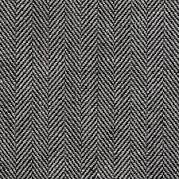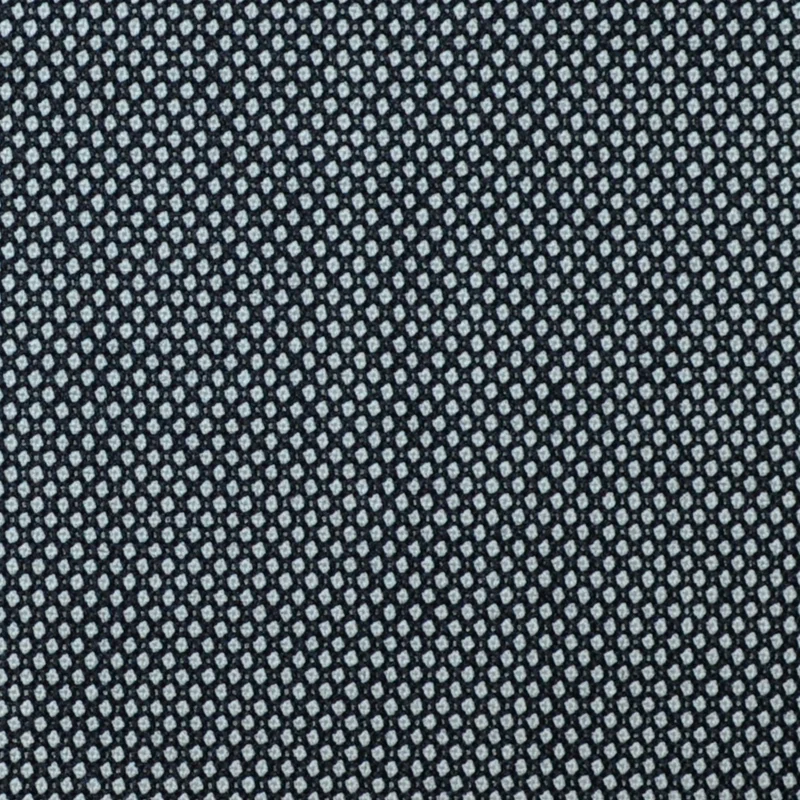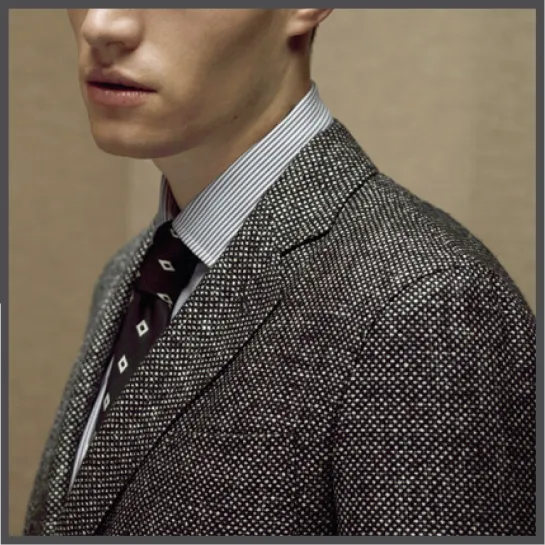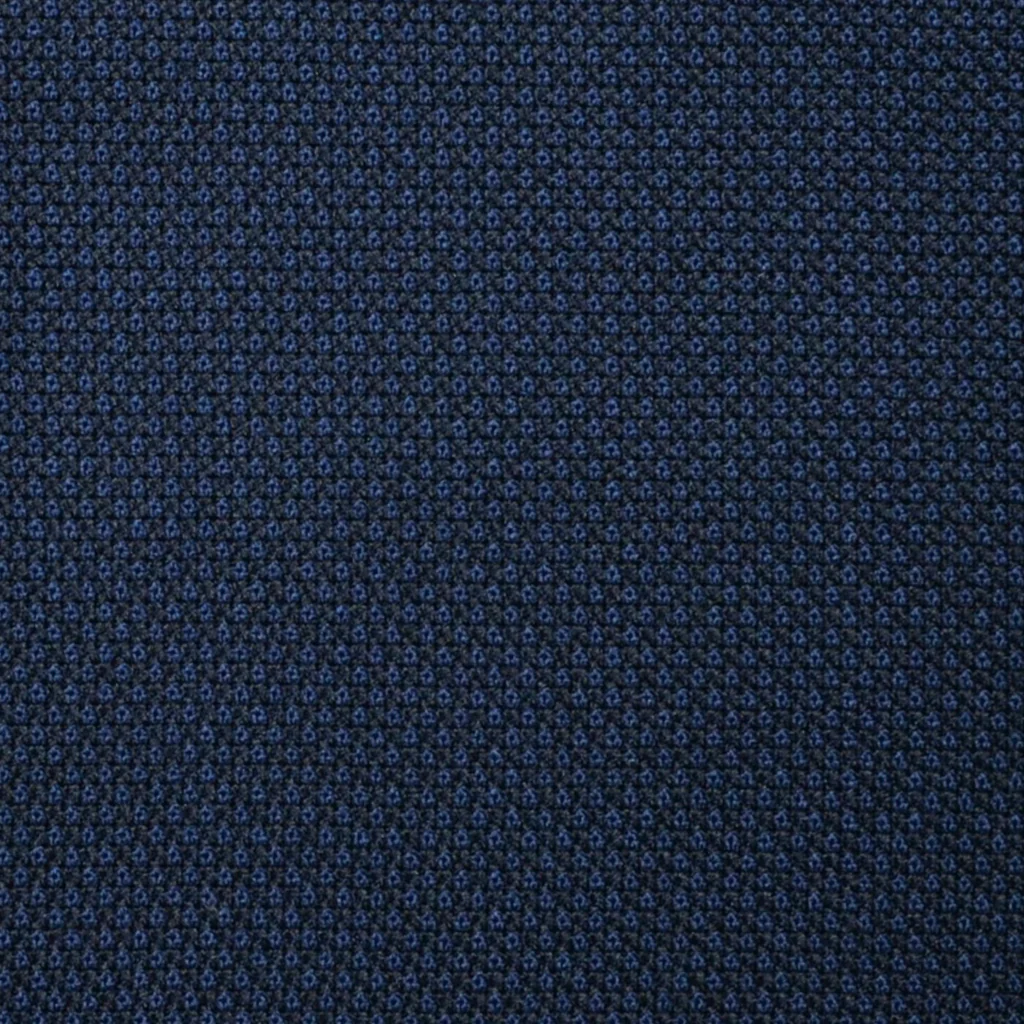8 fabrics patterns and textures you should know
- Ricardo Aureliyo
- Feb 29, 2024
- 4 min read
In the vast world of classic menswear, the patterns and textures adorning suits serve as a hallmark of sophistication and style. From the refined elegance of pinstripes to the rugged charm of herringbone, each fabric tells a unique tale of craftsmanship and heritage while offering flattering characteristics their own way.. In this guide, we'll look into some of the most iconic fabric patterns and textures, how to identify them, and a glimpse into their intriguing histories.
Pinstripe: Pinstripe fabric boasts slender vertical stripes running parallel to each other, offering a subtle yet elegant aesthetic. Originating in the financial districts of London during the 19th century, pinstripes were a symbol of professionalism and authority, favoured by the elite in the business realm. Today, they remain a quintessential choice for bankers and business men who dare to stand out. The pinstripe, or any striped pattern the wearer, making him appear slightly taller and slimmer. Check out some stripe types in our striped suit guide .
Identifying pinstripe fabric: Look for fine, evenly spaced vertical lines traversing the fabric.
Herringbone: Herringbone fabric is characterized by a distinctive V-shaped weaving pattern, reminiscent of the skeletal structure of a fish. With its origins rooted in the rugged landscapes of the Scottish Lowlands, herringbone was traditionally employed for crafting durable tweed fabrics. Renowned for its versatility and timeless appeal, herringbone has transcended its rough origins to become a staple in both formal and casual menswear. Thanks to this unique weave that resembles a fishes skeleton, we are able to add many different types of visual interests to ones outfits, from pronounces to shadow striped suits which are the best stripes to create that elongating effect without the boldness of an actual contrasting stripe.
Spotting herringbone fabric: Observe the fabric for a prominent V-shaped pattern, forming a series of zigzagging lines.
Glen Check (Prince of Wales Check): Glen check, also known as Glen plaid or Prince of Wales check, features a woven grid of small and large checks in alternating colors. Originating in Scotland during the 19th century, this classic pattern gained prominence when it was adopted by the Duke of Windsor, the Prince of Wales. Today, Glen check suits exude a sense of timeless elegance, making them a favored choice for those with a discerning taste. Although not suitable(Pun intended) for tv personalities due to the Moiré effect, it is still a versatile and powerful choice for the everyday man who also needs a suit that doubles as a sport jacket.
Identifying Glen check fabric: Look for a grid-like pattern of intersecting lines, creating small and large checks in varying hues.
Windowpane: Windowpane fabric is distinguished by its large, square-shaped checks that resemble the panes of a window. This bold yet sophisticated pattern adds a touch of flair to tailored ensembles, making it a popular choice for those seeking to make a statement. With its origins dating back to the early 20th century, windowpane suits have remained a timeless favourite among sartorial aficionados. There is a misconception that checkered suits aren't flattering to fuller gents, or that they don't elongate more slim you. This is not always true, as an OG window pane check is actually more rectangular than square and it is places on the suit horizontally, leading to the face and elongating you! definitely not as much as a stripe, but it absolutely still works for you and not against you.
Spotting windowpane fabric: Look for large, evenly spaced checks forming a grid-like pattern across the fabric.
Houndstooth: Houndstooth fabric features a distinctive two-tone pattern characterized by broken checks or abstract shapes, resembling the jagged teeth of a hound. Originating in the Scottish Lowlands during the 19th century, houndstooth gained widespread popularity when it was embraced by the fashion-forward elite. Today, houndstooth suits continue to exude a sense of sophistication and individuality, making them a coveted choice for the modern gentleman.
Identifying houndstooth fabric: Look for a pattern of broken checks or abstract shapes, typically in contrasting colors.
Birdseye vs. Nailhead: Birdseye fabric showcases small, intricate dots or circles that resemble the eye of a bird, adding subtle texture to the cloth. In contrast, nailhead fabric features tiny, evenly spaced dots reminiscent of the head of a nail. Both patterns offer a refined and understated aesthetic, making them versatile choices for tailored attire.
Differentiating birdseye and nailhead fabric: Birdseye features small, spaced dots or circles, while nailhead displays tiny, evenly distributed dots across the fabric.
7. Jacquard: Jacquard fabric features intricate woven designs created using a special loom known as a Jacquard loom. These designs can range from elaborate motifs to subtle textures, adding depth and visual interest to the fabric. Jacquard patterns are often used to create luxurious suits with a rich, tactile feel, making them a favorite among discerning gentlemen.
Identifying Jacquard fabric: Look for intricate woven designs with raised textures or motifs on the fabric surface.
The fabric patterns and textures in classic menswear suits are a testament to the rich history and enduring appeal of tailored clothing. Whether you prefer the refined sophistication of pinstripes or the bold statement of windowpane, there's a pattern to suit every discerning gentleman's taste. So, the next time you're in search of the perfect suit, take a moment to appreciate the artistry and craftsmanship behind each fabric choice.









































Comments